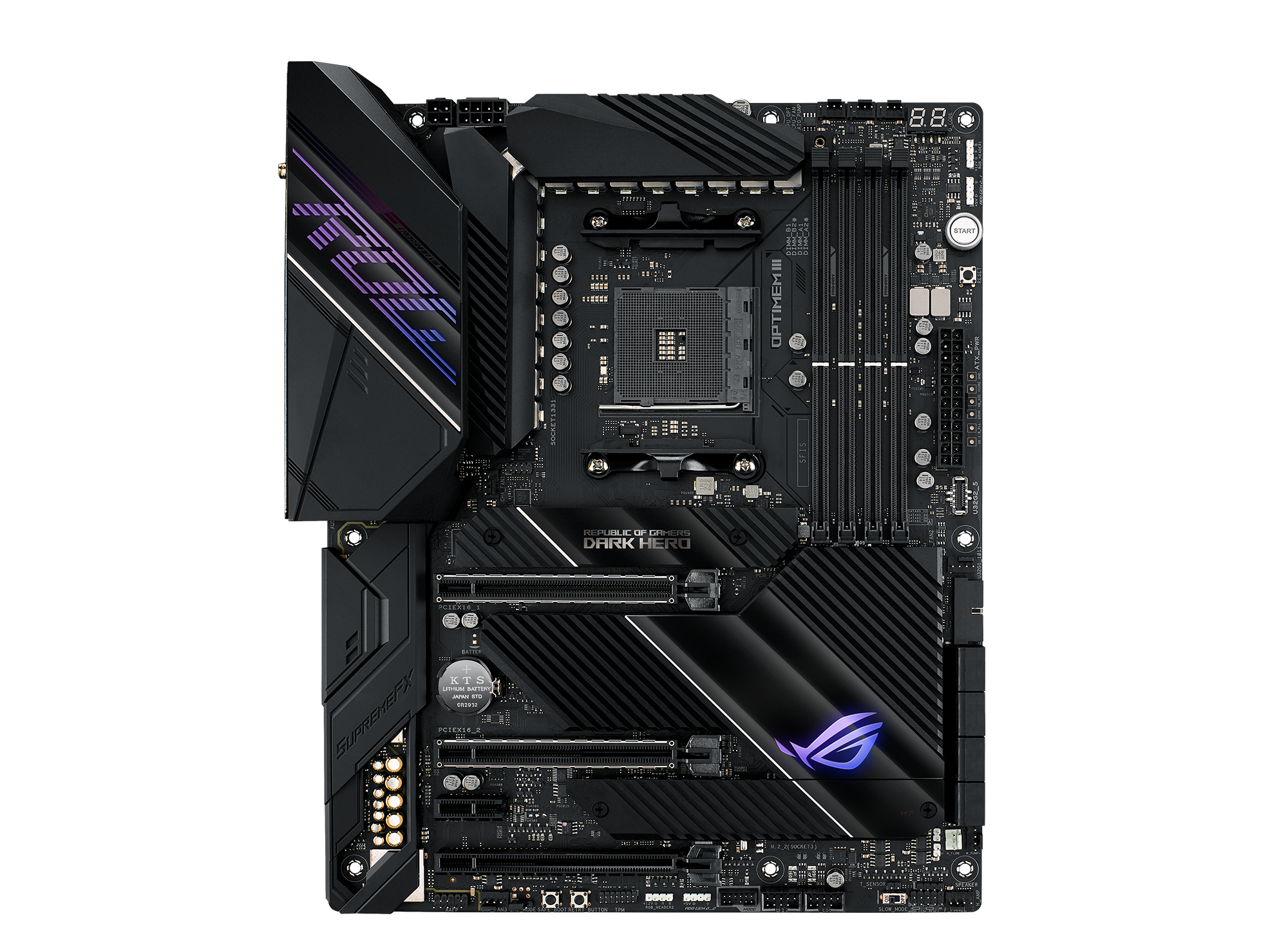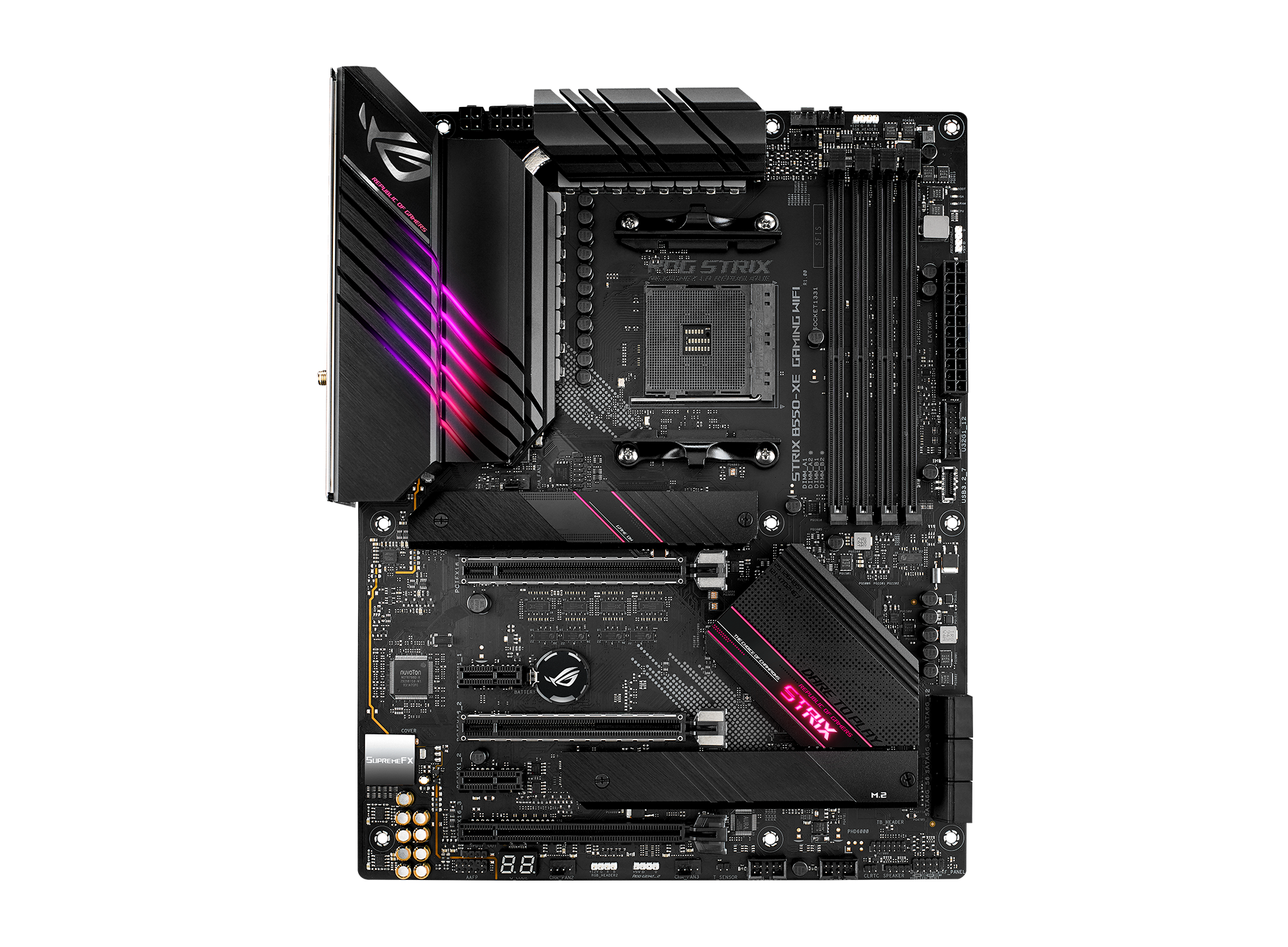What would your advice for a new motherboard be then, for those of us who are looking to dive into the higher-end of the 5000 series CPUs? If the ASUS products aren't all that VRM friendly, then what would you suggest for the 5900X or 5950X CPU?
Thanks for your time Dan!
ASUS does have products with very good VRM implementations. It's just their lower end and some mid-range motherboards that don't. My issue isn't even with the implementations themselves, it's with the deceptive marketing that goes along with them that hide the fact that they aren't high end VRM solutions.
To be clear, at stock speeds you can run any of the CPU's you want on any of the motherboards you want so long as you aren't overclocking. With the 3900X and 3950X
(as well as their Ryzen 9 5000 series successors), running on lower end VRM's isn't the best idea. I'll post some thermal images from an X570-A Pro when I finish the review on it and you'll see what I mean. The test was done with a 3950X and the VRM's ran pretty hot but not as hot as you would imagine. It wasn't overclocked though.
The higher end CPU's will tax lower end VRM's and they won't be operating very efficiently. It might shorten their life spans and you probably won't get the best boost clock behavior. What you want is a good VRM implementation that will allow you to fully realize the performance of your fairly expensive CPU's. To that end, I've compiled a list of motherboards that will not only handle these CPU's easily, but allow for overclocking with ease as these are all overbuilt.
ASUS Crosshair VIII Formula (8 phase, wo/doublers, marketed as 14+2, 60a each)
ASUS Crosshair VIII Hero (8 phase, wo/doublers, marketed as 14+2, 60a each)
MSI MEG X570 GODLIKE (14+4 phase w/doublers, 70a each)
MSI MEG X570 Unify (12+2 phase w/doublers, 60a each)
MSI MEG X570 ACE (12+2 phase w/doublers, 60a each)
GIGABYTE X570 Aorus Xtreme (14+2 phase, wo/doublers 70a each)
GIGABYTE X570 Aorus Master (12+2 phase, wo/doublers, 50a each)
ASRock X570 Creator (12+2 phase w/doublers, 60a each)
This list isn't the end all be all by any means. There are many other good boards out there. However, if you'll notice, the only one around $300 is the MSI MEG X570 Unify. I might have recommended the Tomahawk, but I don't recall it's configuration off hand. I haven't worked with one. If you aren't overclocking, you can get away with less powerful VRM's as I said. This would include motherboards like the ASUS Prime X570 Pro which has a 6+2 phase VRM without doublers. It has 50a power stages and doubles up on a lot of the components. It's ASUS' fat phase approach as its often called, but it's not a four phase solution. Those are fine too, but those shouldn't really be paired with 12 and 16 core CPU's. The 12's are OK, but only if you run at stock.

 www.asus.com
www.asus.com


